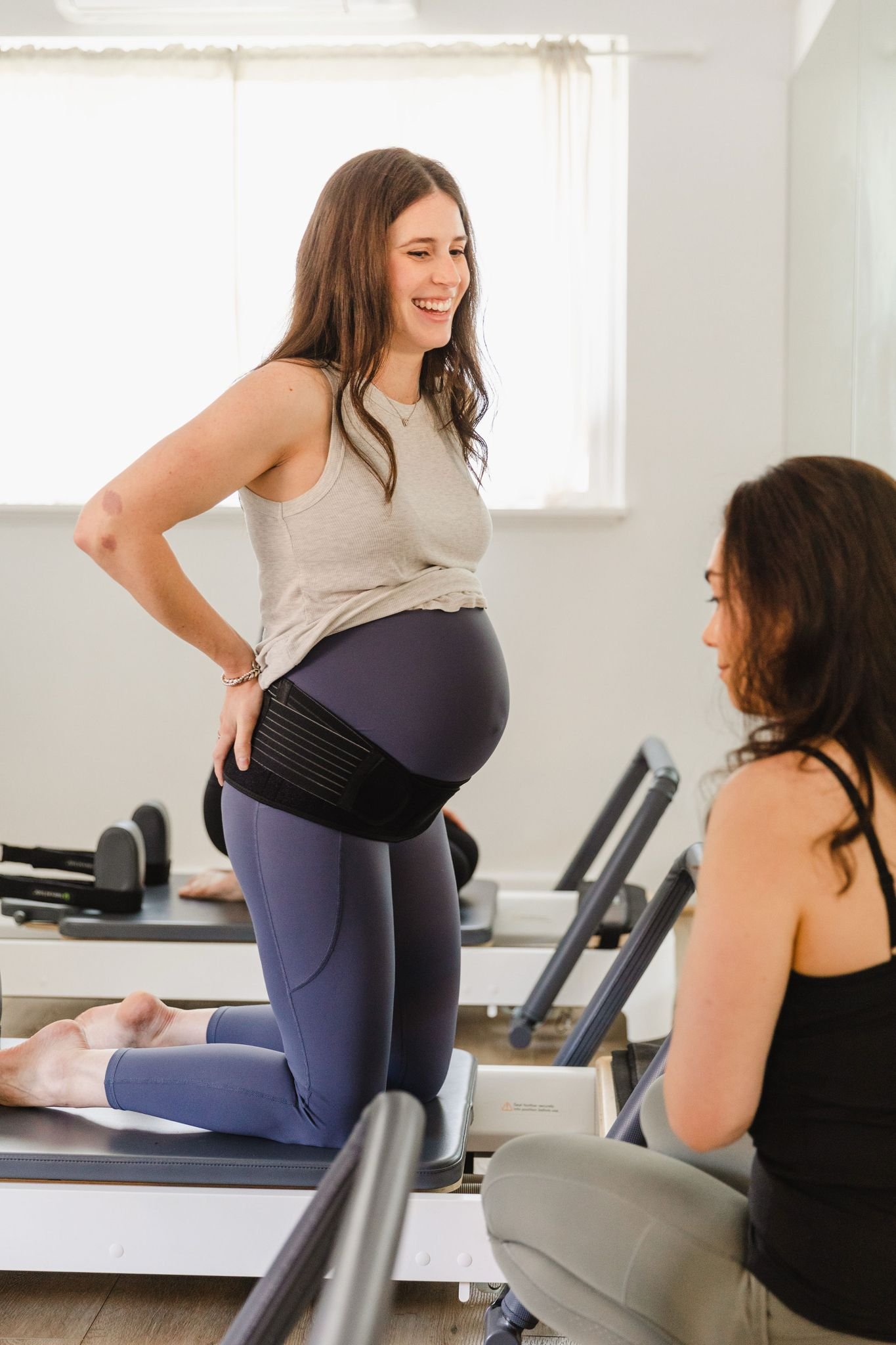Pelvic Girdle Pain in Pregnancy: What It Is & How the GRDL Belt Can Help
Guest blog by Fiona Grouber, Women's & Pelvic Health Physiotherapist and Owner of GRDL
Pregnancy is a time of immense change. As your body adapts to support new life, it's normal to experience some discomfort—but that doesn’t mean you have to put up with pain.
One of the most common challenges during pregnancy is Pelvic Girdle Pain (PGP), which affects up to 1 in 2 pregnant women in Australia. Here’s what you need to know—and how support like the GRDL Pregnancy Belt can make a real difference.
What is Pelvic Girdle Pain (PGP)?
Pelvic Girdle Pain is an umbrella term for pain experienced at:
The front of the pelvis (pubic symphysis)
The back of the pelvis (sacroiliac joints)
It often feels sharp, radiating, and is most noticeable during specific movements or weight-bearing activities. Pain can occur at one or multiple pelvic sites and usually intensifies with asymmetrical or repetitive motion.
When does it happen?
PGP can begin at any stage, but 33–50% of pregnant people will report symptoms by 20 weeks’ gestation.
Why does it happen?
It’s a combination of:
Hormonal changes
Altered joint mechanics and posture
Muscle imbalances and weakness
Stress and emotional wellbeing
Expectations of pregnancy and our perception of pain
What Movements Might Be Painful?
You might notice discomfort or sharp pain with:
Standing on one leg (e.g. putting on pants)
Rolling over in bed
Getting up from sitting
Walking long distances
Going up/down stairs
Exercises like lunges
These limitations can be frustrating—but they’re manageable with the right support.
Can PGP Improve During Pregnancy?
Yes! It’s a common misconception that pelvic pain will automatically worsen as pregnancy progresses. But clinical evidence shows that with the right strategies, symptoms can stay stable or even significantly improve—and sometimes resolve entirely.
7 Ways to Manage Pelvic Girdle Pain
1. Keep Moving—Gently
Engage in gentle, pregnancy-safe exercises that strengthen the hips, glutes, and core—without increasing your pain.
2. Try Glute & Hip Stretches
Use a spikey ball against the wall or do seated glute stretches to release tension in the buttocks and lower back.
3. Modify Movements
Sit down to get dressed
Keep knees together when rolling in bed
Take shorter, more frequent walks
Minimise stairs where possible
4. Apply Ice
Cooling the painful joints with ice packs can temporarily reduce inflammation and pain.
5. Prioritise Rest & Stress Relief
Sleep and stress affect how your brain processes pain. Managing both can improve your experience of PGP.
6. Use a Support Belt
A pelvic support garment, like the GRDL Pregnancy Belt, can provide immediate relief by offloading the pelvis and help keep you active & mobile.
7. See a Women’s Health Physiotherapist
Professional support offers targeted exercise, manual therapy, and lifestyle advice to ease symptoms and keep you active.
The GRDL Belt: Designed by a Physio, Built for Real Life
Meet GRDL — a pregnancy support belt developed by an Australian Women’s & Pelvic Health Physiotherapist (and mum x2!). It's designed to bring comfort and confidence back into your daily routine.
Why Choose GRDL?
Neoprene and latex-free for breathable, pregnancy-safe wear
Adjustable elastic straps for personalised compression and comfort
Created with pregnant bodies in mind
Inclusive sizing to suit a wide range of body shapes
Freedom to move without restricting function
Whether you’re walking the dog, getting through your workday, or just trying to sleep more comfortably—GRDL is your go-to support for pelvic and low back pain in pregnancy.
You’re Not Alone
Pelvic Girdle Pain is common—but you don’t have to suffer in silence. With the right knowledge, support, and tools like the GRDL Belt, you can continue to move through pregnancy with more ease and less pain.
Learn More or Purchase GRDL
Visit: www.grdlbelt.com.au and grab 10% off using “THEMAMAPHYSIO”
Follow GRDL on Instagram
Find tips, stories, and expert advice: @grdlbelt



